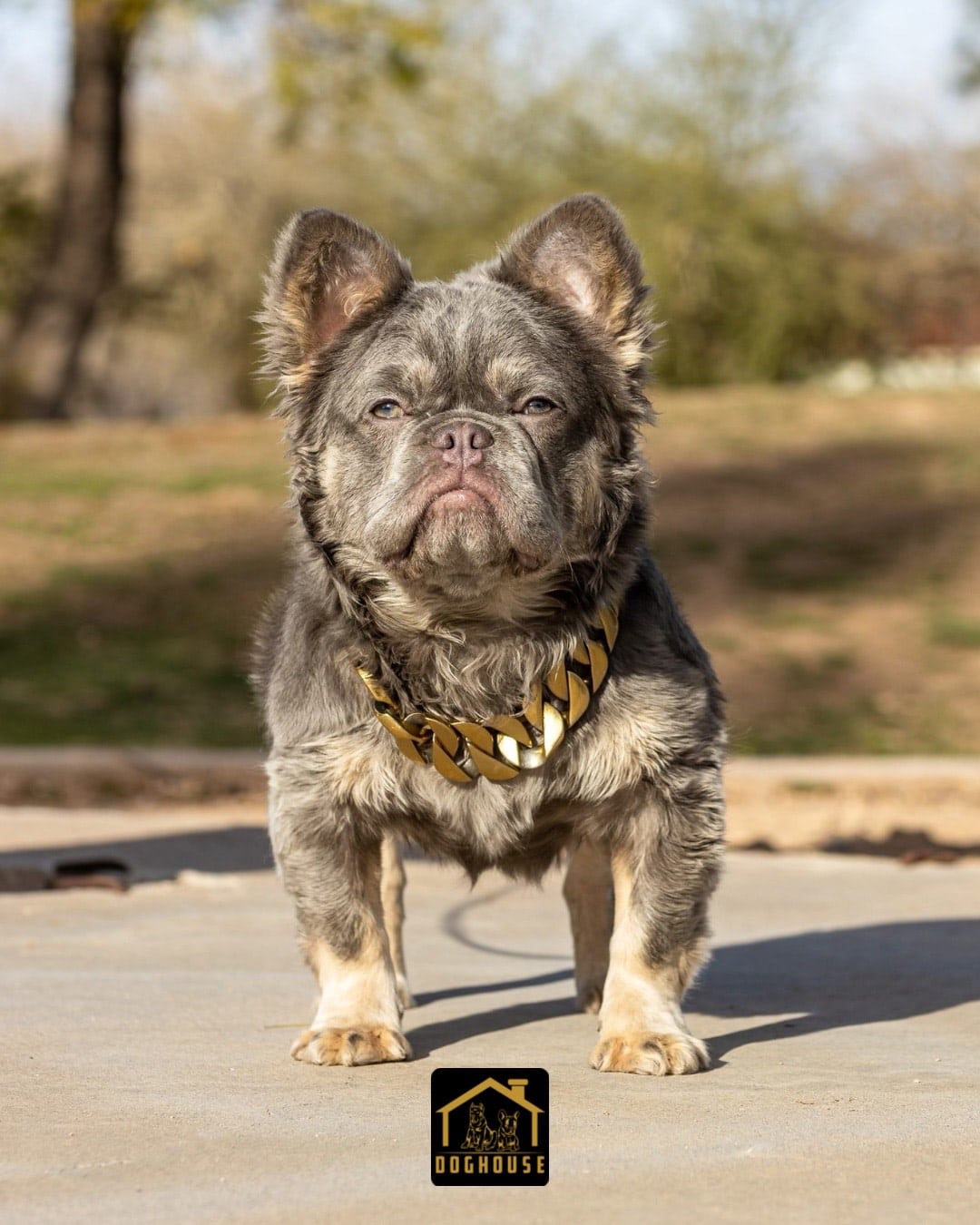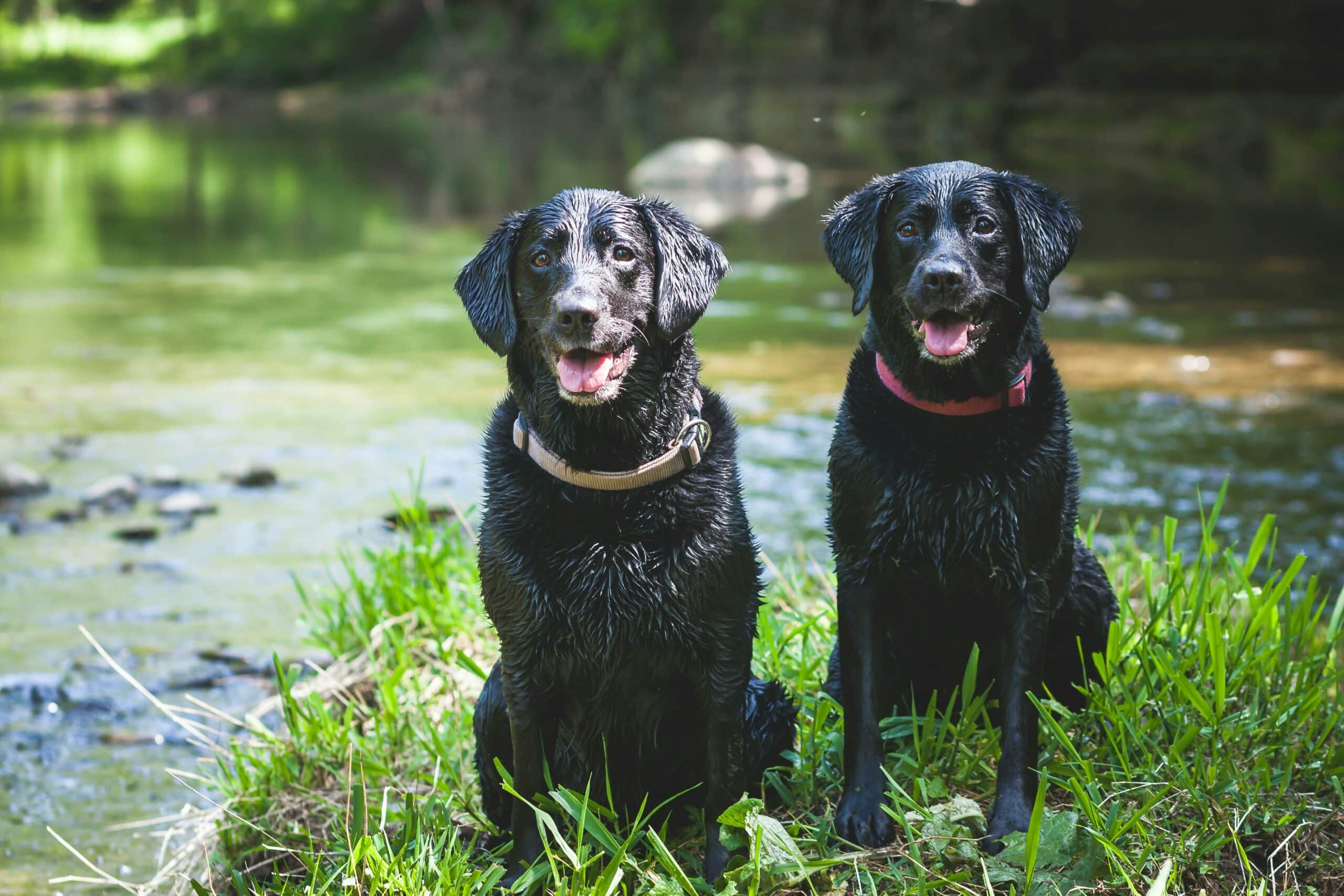Yes, dogs can eat apples. Apples are considered a safe and nutritious treat for dogs when prepared properly. Here are the key points to consider:
- Health Benefits: Apples provide vitamins A and C, fiber, and are low in fat and calories, making them a healthy treat for dogs.
- Preparation: To ensure safety, remove the seeds and core, as they can be harmful. The apple should be washed and cut into small, manageable pieces to prevent choking.
- Moderation: While apples are healthy, they should only constitute a small portion of a dog’s diet, ideally less than 10% of their total food intake.
- Sugar Content: Be mindful of the sugar content in apples. Although it’s natural sugar, excessive amounts can lead to health issues, especially in dogs with specific conditions like diabetes.
- Puppies: Apples can also be a good training treat for puppies, used in moderation.
How Much Apple Can I Give My Dog
Apples can be a healthy treat for dogs when given in moderation. Here’s how much apple you can safely give your dog:
- General Rule: A few pieces of apple per day can be safe for your dog. It’s important to treat apples as just that—treats. Treats should constitute only a small portion of your dog’s overall diet.
- Serving Size: For small dogs, about a quarter of an apple can be adequate. This portion is roughly equivalent to an adult human eating several apples, so moderation is crucial. For larger dogs, you can adjust the amount proportionally, but generally, one to three slices of apple will suffice.
Always ensure that the apple is properly prepared by removing the core and seeds, as these parts can be harmful to dogs. It’s also good practice to wash the apple slices to remove any pesticides or residues.
How to Safely Feed Dogs Apples
Apples can be a healthy and tasty treat for dogs, but they should be fed properly to ensure safety. Here are some guidelines for safely feeding apples to dogs:
- Wash Thoroughly: Always wash apples thoroughly to remove any pesticides or chemicals that might be on the skin.
- Remove Core and Seeds: The core and seeds need to be removed before feeding apples to your dog. The seeds contain cyanide, which can be harmful in large quantities.
- Cut Into Small Pieces: To avoid choking hazards, cut the apple into small, bite-sized pieces appropriate for your dog’s size.
- Feed in Moderation: Although apples are nutritious, they should only be given in moderation. Apples contain sugar, which can lead to weight gain if fed excessively. A few slices are usually enough.
- Monitor for Allergic Reactions: Some dogs may be allergic to apples. Introduce them slowly and watch for any adverse reactions such as itching, swelling, or gastrointestinal upset.
By following these steps, you can safely include apples in your dog’s diet as a healthy treat.
What To Do If Your Dog Ingest Something Harmful
If your dog ingests something potentially harmful, such as an apple core or any other dangerous item, immediate action is crucial. First, ensure that no additional pieces of the harmful item are accessible to prevent further ingestion. Monitor your dog closely for any signs of distress, including choking, difficulty breathing, or changes in behavior, as these can indicate serious issues such as obstruction or poisoning from substances like the cyanide found in apple seeds. Contact your veterinarian or an emergency pet hotline immediately to get specific advice tailored to the situation. They may advise you to bring your dog in for an examination or provide instructions on how to proceed, such as inducing vomiting. In the meantime, consider adjusting your dog’s diet temporarily to something gentle, like a mix of rice and boiled chicken, to help alleviate any minor digestive upset while you monitor their condition.
Fruits and Vegetables Safe For Dogs
Here’s a list of some fruits and vegetables that are generally safe for dogs to eat. Always remember to introduce any new food in small quantities and observe for any adverse reactions:
Fruits
- Apples (without seeds and core)
- Bananas
- Berries (including blueberries, strawberries, and raspberries)
- Cantaloupe
- Cranberries
- Mango (without the pit)
- Oranges (in small amounts)
- Peaches (without the pit)
- Pears (without the pit and seeds)
- Pineapple
- Watermelon (without seeds or rind)
Vegetables
- Broccoli (in small quantities)
- Carrots
- Cucumbers
- Green Beans
- Peas
- Pumpkin (plain, without added sugars or spices)
- Sweet Potatoes
Ensure that all fruits and vegetables are properly washed and prepared by removing inedible or dangerous parts such as pits, seeds, and tough skins that could cause choking or blockages. Moderation is key, as even safe foods can cause stomach upset or become a hazard if eaten in excess.
Conclusion
In conclusion, apples can be a healthy and safe treat for dogs when given correctly. Apples are nutritious, providing a source of essential vitamins, fiber, and low-calorie content. However, it is crucial to remove the core and seeds before feeding apples to your dog, as the seeds contain cyanide, which is toxic in large quantities. Feeding apples in moderation is also recommended to avoid any potential digestive issues or nutritional imbalances. Always consult with your veterinarian before introducing any new food into your pet’s diet to ensure it is suitable for their specific health needs.











